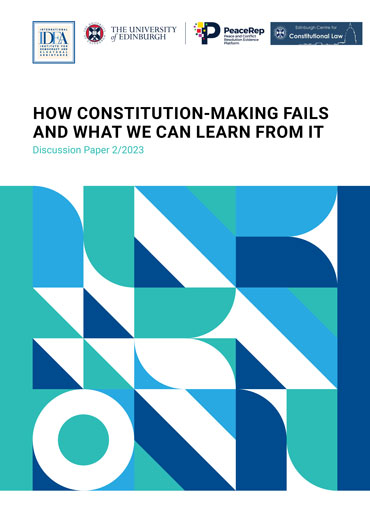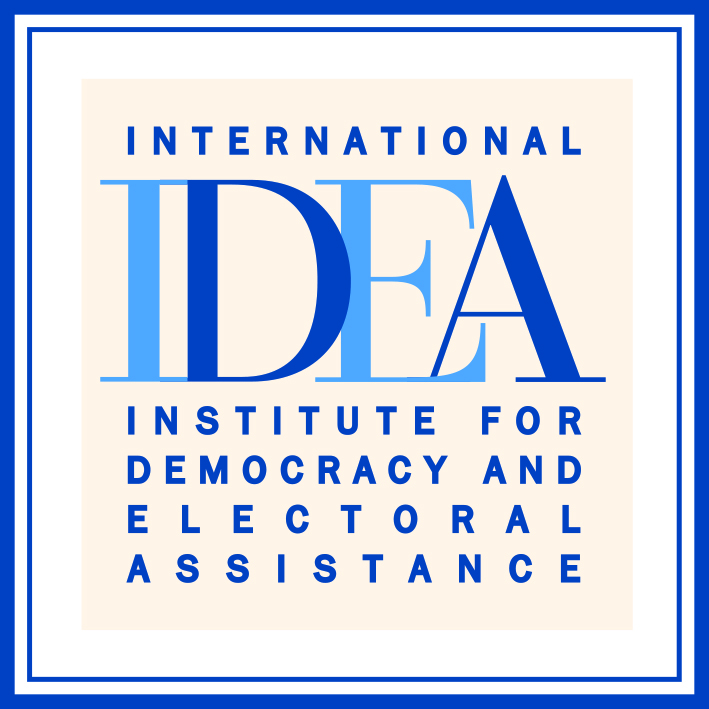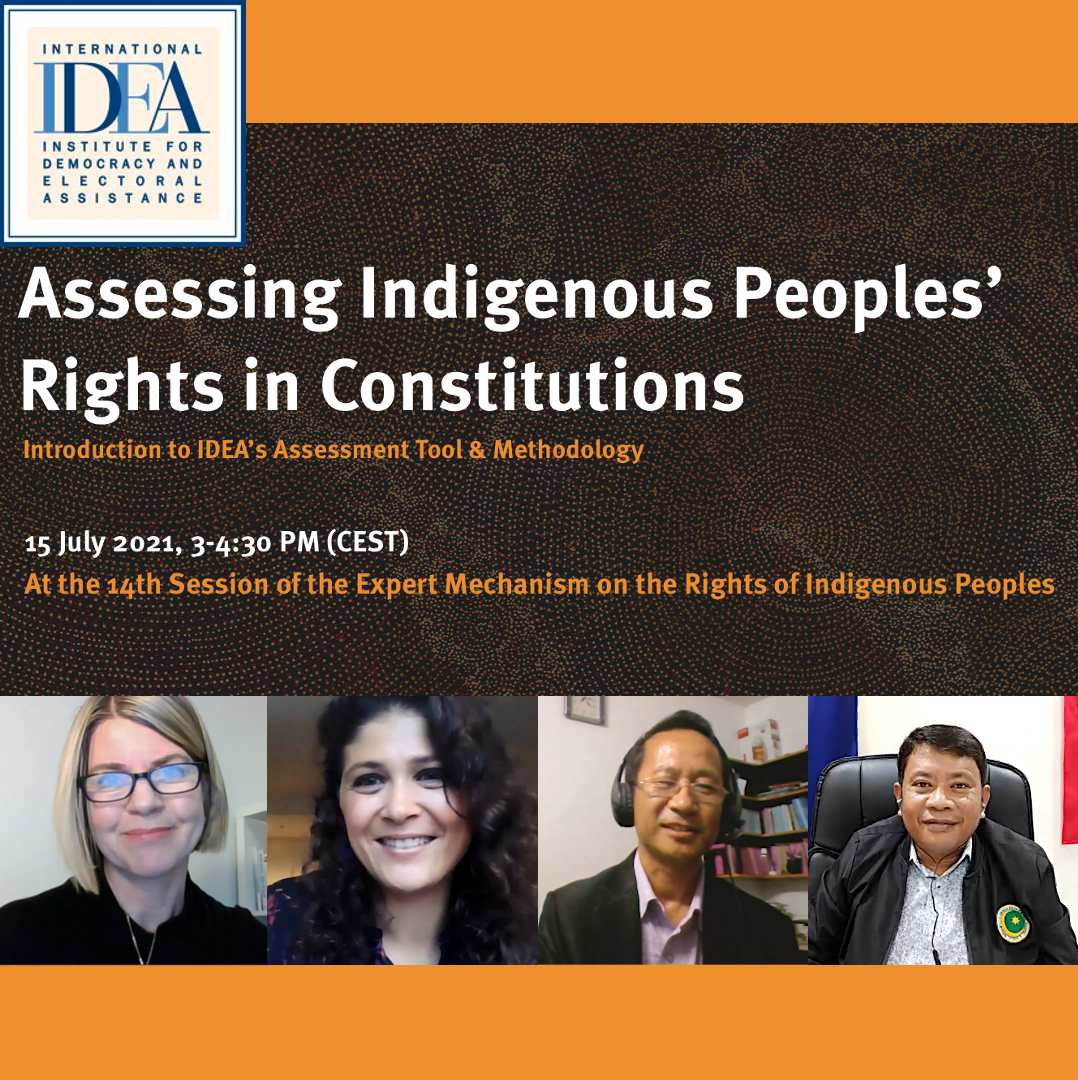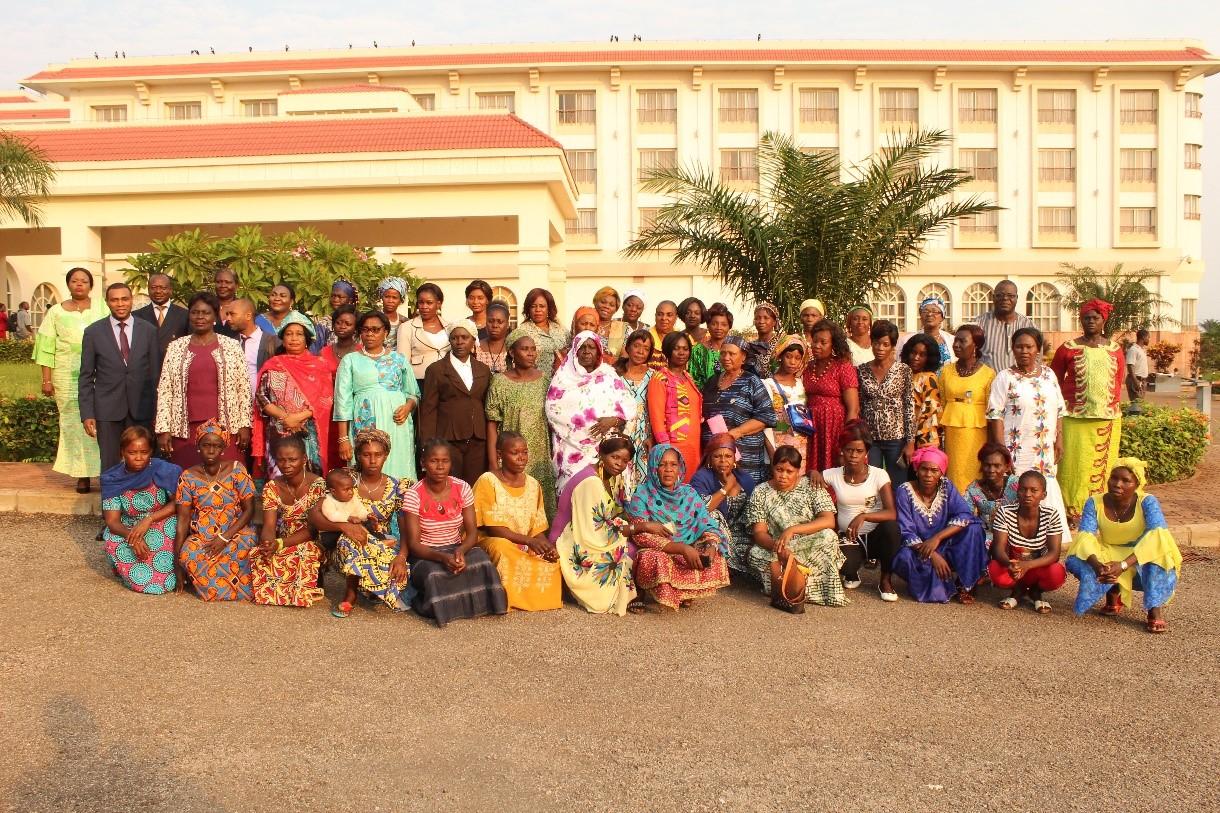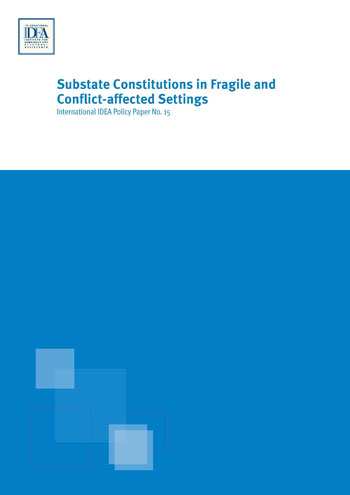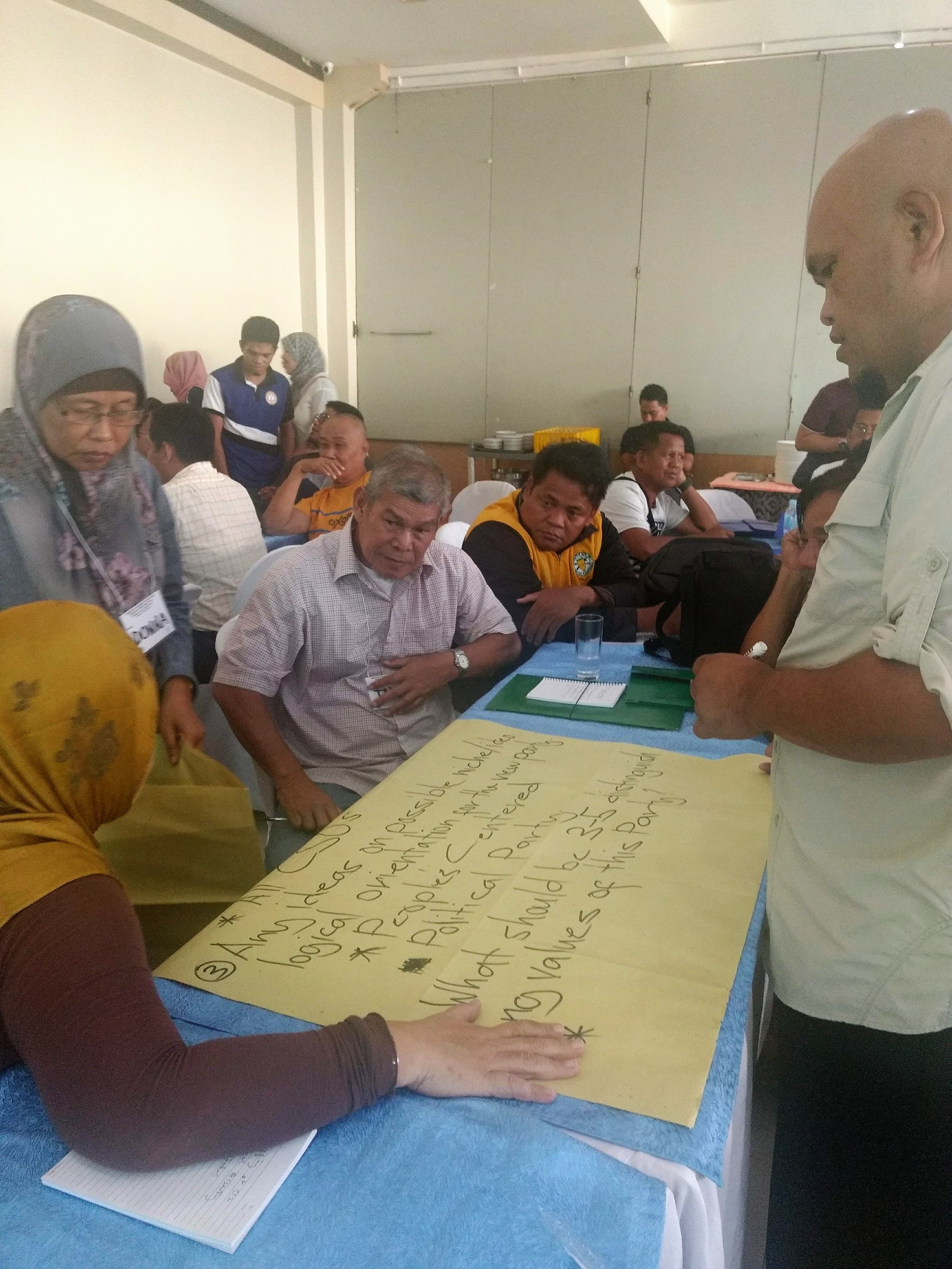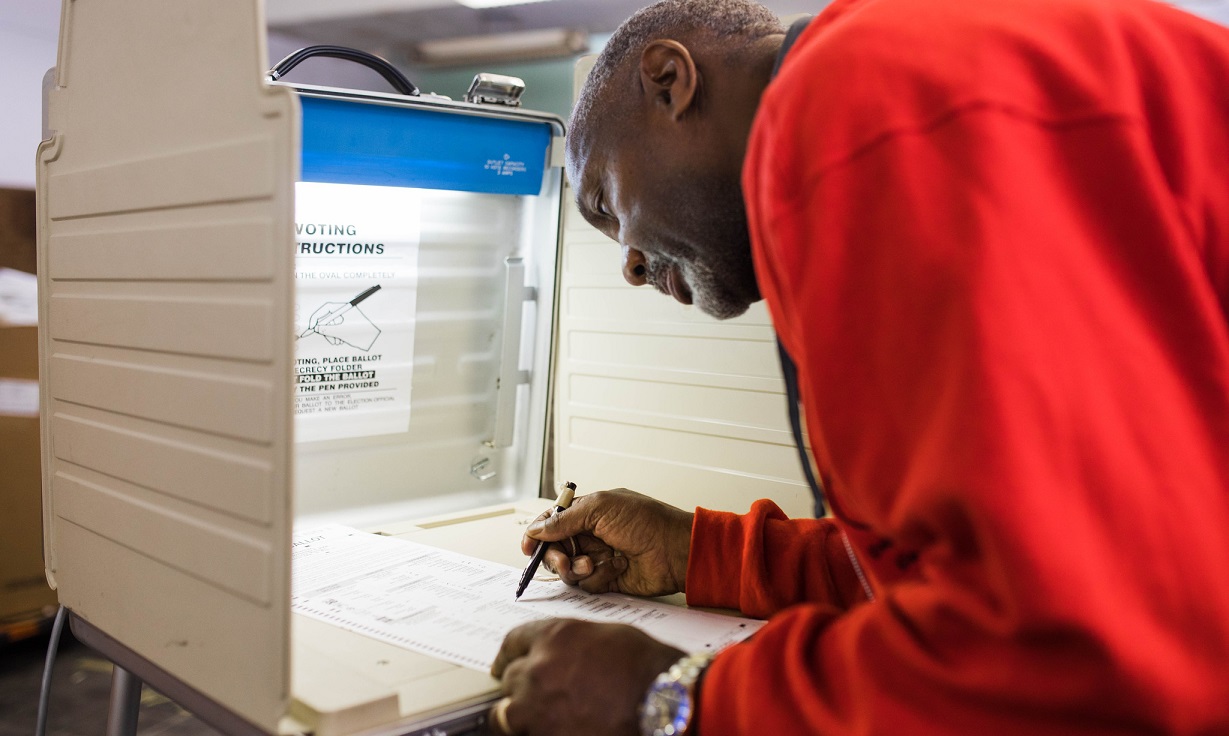Sub-State Constitutions in Fragile and Conflict-Affected Settings: Workshop Report
Substate constitutions serve similar purposes as central-state constitutions.
They define the system of governance of the substate entity, outline its institutions and define the responsibilities of those institutions. They also explain the separation of powers between substate institutions, and may codify citizens’ rights vis-à-vis the substate entity.
The constitutional space can be forged in a number of ways. In some settings it is created by peace agreements between substate and central-state elites. In other cases, the space afforded to the substate entity is the result of bargains that occur outside formal peace processes but which are nevertheless the result of negotiations over how political power is held and exercised. The space may also be dictated from the top with few (or no) negotiations with the substate entity.
This report documents a workshop held on 9–10 December 2016 at the University of Edinburgh hosted by International IDEA, the Edinburgh Centre for Constitutional Law and the Global Justice Academy.
The workshop explored the process and design of substate constitutions in fragile and conflict-affected settings, and their role in the broader political settlement and/or peacebuilding process.
Details
Contents
Introduction
1. Why are sub-state constitutions adopted?
2. The constitutional space and its formation
3. Affirming or contesting the constitutional space?
4. What role for international actors?
5. Key conclusions
References and further reading
Annex 1: Questions for country case study experts
Annex 2: List of participants
About International IDEA
Give us feedback
Do you have a question or feedback about this publication? Leave us your feedback, and we’ll get back to you
Send feedbackSub-State Constitutions in Fragile and Conflict-Affected Settings: Workshop Report
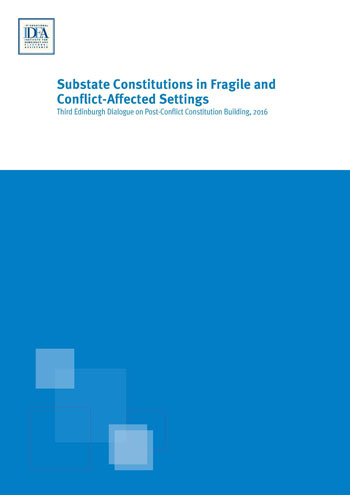
| Total views | 3343 |
|---|---|
| Downloads | 1 |
| Rating |
Give us feedback
Do you have a question or feedback about this publication? Leave us your feedback, and we’ll get back to you
Send feedback
